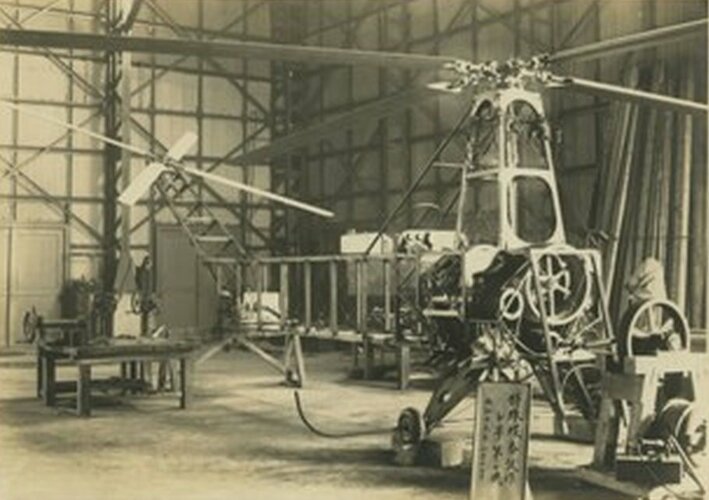Hi Guys
Here is very interesting. I was not aware of the fact that the Japanese were experimenting with helicopters.
Check out this link.
http://www.warandgame.info/2007/10/japanese-vtol.html
Regards
Gerhard
Here is very interesting. I was not aware of the fact that the Japanese were experimenting with helicopters.
Check out this link.
http://www.warandgame.info/2007/10/japanese-vtol.html
Regards
Gerhard










![re+-go+7[1].jpg](/data/attachments/58/58204-d919c9b79bea250b324107a8ca909e81.jpg)




